Pain is Your Friend: A “Painfully Honest” Messenger About Your Yoga Practice
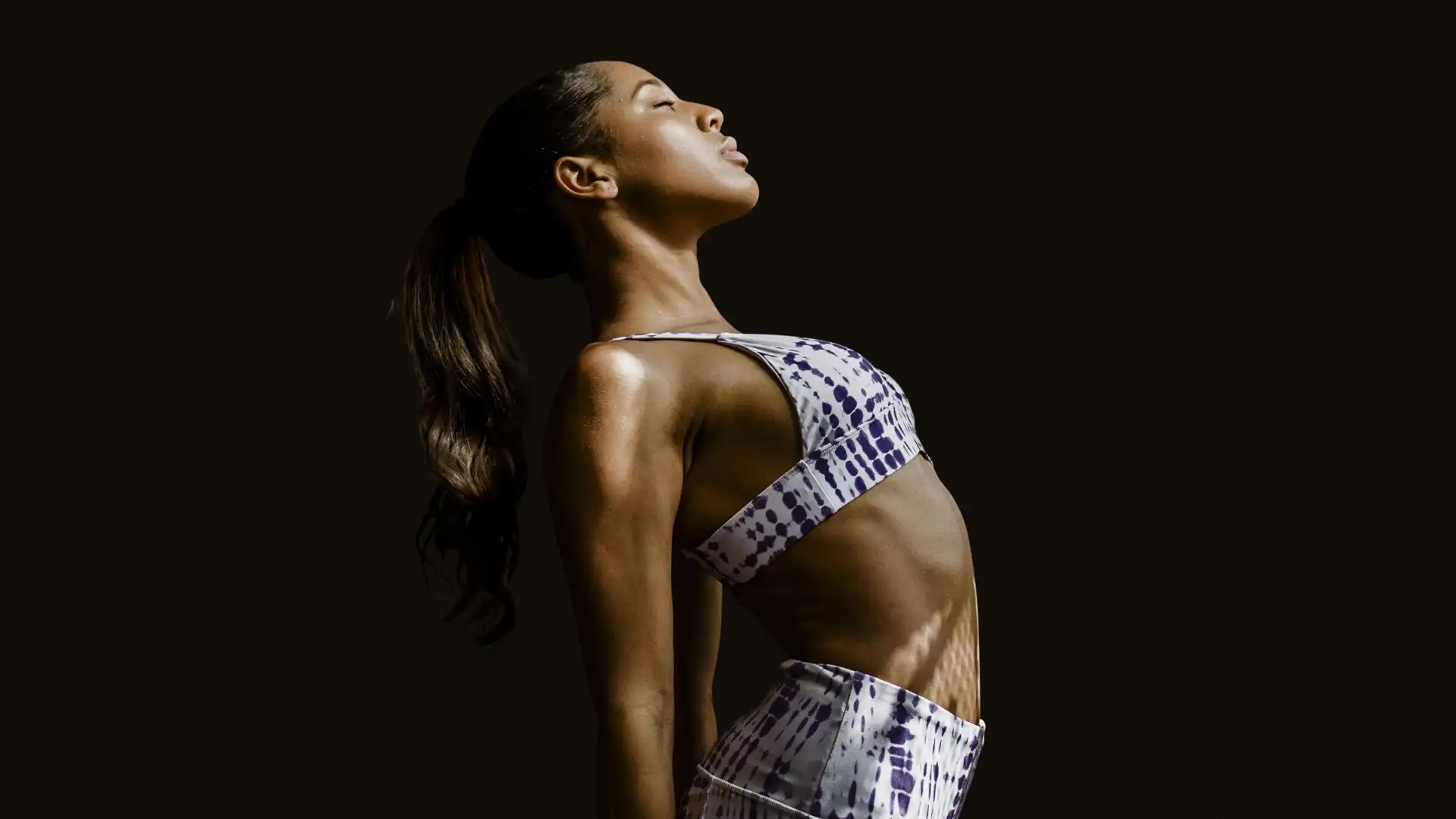
Anyone who is suffering from chronic pain is already saying, “What is this idiot talking about?” Having suffered my own fair share of severe pain, I must say I would gladly have murdered that “friend” and buried it at the bottom of the garden. In this article, we will focus on acute pain, the type of pain that may arise during your practice, or within the subsequent day or so. We will explore the common situations that may give rise to pain, and the course of action you should follow.
When you experience pain, it is, in effect, your body trying to talk to you. Perhaps it’s saying that it’s not happy with the aberrant alignment it finds itself in, the damage that has been done to it, the tension patterns that are building up, or on a positive note, that structural change is taking place. More often than not, it is saying, “Back the hell off.’’
When doing asana (the physical practice), it’s easy enough to come across pain, either during the practice, straight after, or several days later. For a pursuit focused on balancing and opening the body in a gentle and controlled way, it sometimes seems we are instead putting our bodies through the wringer.
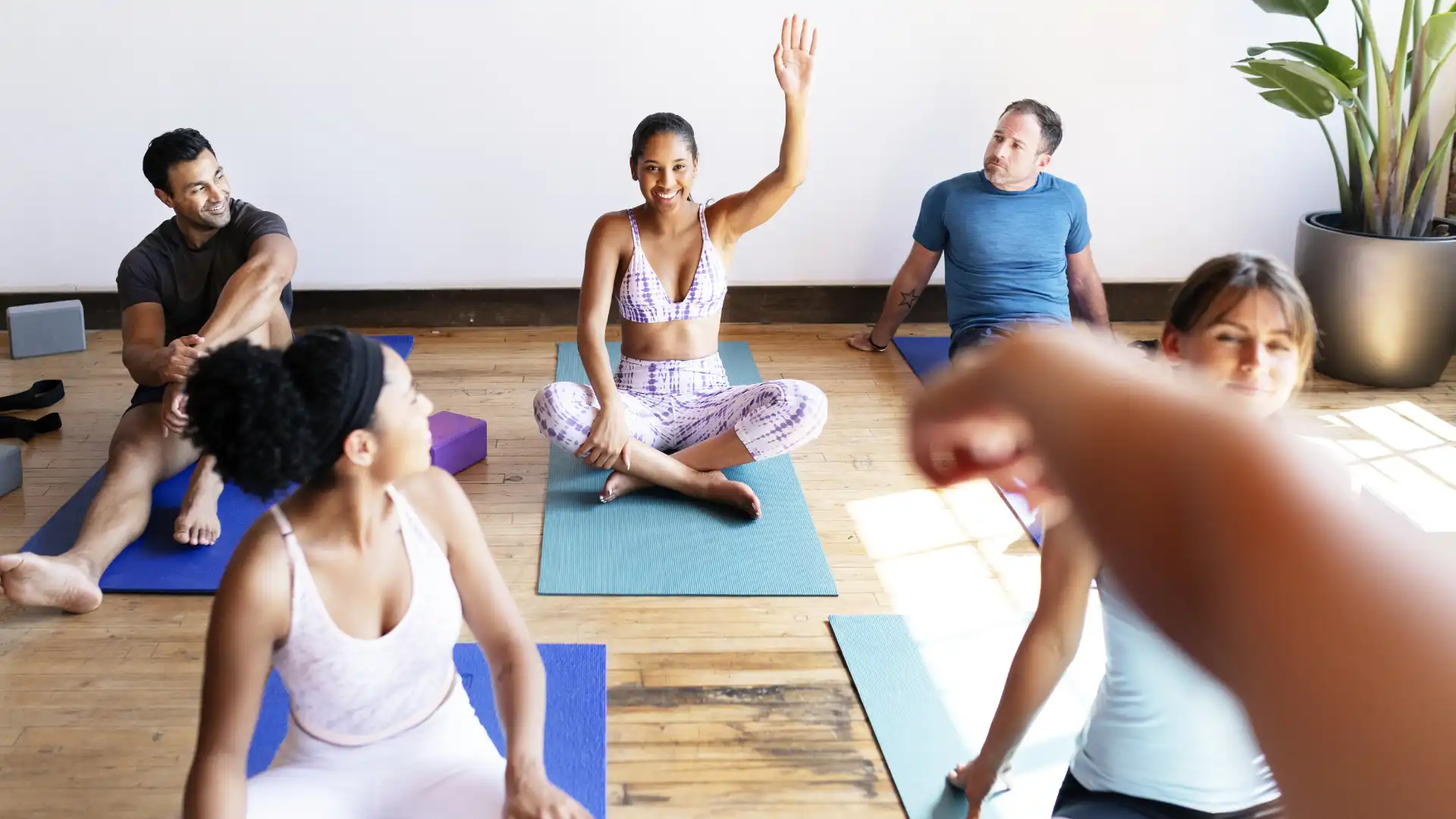
I spend six months every year in Goa helping yogis with their injuries, and it’s fair to say I find it hard to find enough time to see everybody. Many people come to yoga with existing injuries, aiming to use asana as a therapeutic modality. But unfortunately, a fair number of us manage to hurt our bodies with our practice. Hopefully, as yogis, we are more sensitive to what’s going on in our bodies, more easily noticing imbalances, tension patterns, and pain, but this is only possible if we take heed. It is very easy to get caught up in wanting to take our practice to the next level, ignoring what our bodies are trying to tell us.
Pain During Yoga Practice
Every time we step onto the mat, we are asking our bodies to move into positions that may present the potential for soft tissue damage. At particular danger of injury seem to be shoulders, low back, wrists, hips, knees, ankles, and neck (not much left). We may place strain on the joints and their supporting structures (ligaments and cartilage) or particular muscles or groups of muscles (e.g., hamstrings). So how do we interpret what our bodies are saying?
Padmasana (Lotus Pose) is the quintessential yoga pose, and as such, our eagerness to achieve a semblance of the posture seems to fill our ears with cotton wool. If your hip joints do not easily externally rotate, you are more than likely to experience pain in the knee (either medially or laterally) and/or the ankle (normally just below the front edge of the lateral (outside) ankle bone). This pain is due to the ligaments being stressed too much, and your body is saying, “Keep going, and damage will occur.”
Ligaments are only mildly elastic, allowing for perhaps only a six percent stretch before tissue damage happens, and they do not mend readily due to a minimal blood supply. Unless your ligaments are chronically shortened due to some prior trauma, there is nothing to be gained by overstretching them. Their job is to provide structural integrity to joints by restricting movement in undesired directions. By loosening them, you are not becoming more flexible. Instead, you are undermining their function.
So if you find yourself in this situation, don’t hang it out in the posture thinking that by suffering the pain, you will eventually open that area. You might hurt yourself before you get there. Instead, leave it and practice other poses that focus on the area where you want to increase flexibility. Then revisit the pose several weeks later to see if it is more comfortable. This is not the same situation as purposefully placing mild stress on the joints to elicit a positive response, such as with Yin Yoga.
In the case of Padmasana, it’s important to understand that a perceived lack of “openness” in your hips may not be related to soft tissue inflexibility. It’s entirely possible that inhibited external rotation is due to the construction of your hip joints. If that is the case, no amount of stretching will allow you to practice full Padmasana—and that’s okay.
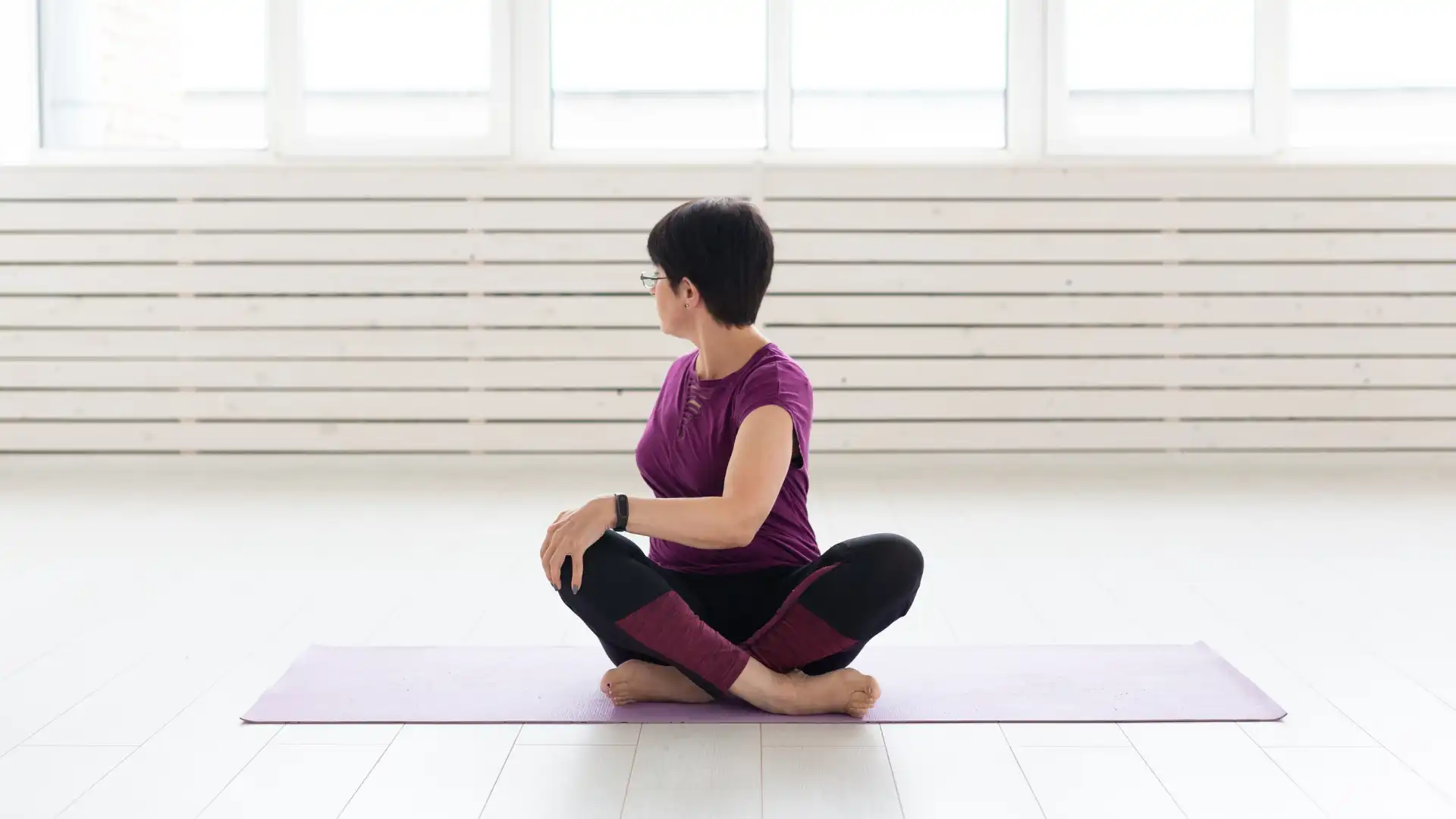
Another area of common injury and pain is where the muscles attach to the bones by way of tendons (their origins and insertions). In this instance, the pain is sharp. Its exact location is easily determined.
Repeated stretching near your limit of flexibility may stress these areas, causing damage to the tendon fibers, resulting in inflammation. Due to all the forward folding in yoga, a frequent site for this type of pain is where the hamstrings attach to the ischial tuberosity (sit bone).
If you ignore this pain, which may start out as more of a niggling irritation, the injury is likely to worsen, become chronic, and start to hurt not only when you’re forward bending, but also when you’re sitting and walking. In these instances, you must modify in order to allow the inflamed area to recover. If you are feeling pain in a posture, you need to back off until it does not hurt. This may seem like common sense, but I bet that at many times during a yoga class, there are people just trying to ignore some pain or other, hoping that the later repercussions will not be too bad.
So what about when we feel a sudden sharp pain while practicing, and it hurts to move the offending limb (to varying degrees)? Do we plow on hoping that it will ease out? I would say no; the longer you go on, the more likely you are to make things worse. It is easy for the presence of endorphins and the distraction of the practice to mask the true extent of the damage.
The best course of action is to stop and initiate the RICE protocol (rest, ice, compression, elevation) as soon as possible. If you didn’t need it, no harm would be done, but if you did, you would benefit from prompt action. The icing, in particular, will reduce inflammation in the area and help lessen the amount of damage, and the sooner it is applied, the better.
When icing, never put the ice directly on the skin unless you are going to keep it moving (such as with an ice massage), and restrict the time of application to 20 minutes for more fleshy areas (e.g., thighs) and 10 minutes for bony areas like the feet and hands. You may ice frequently. Just allow a gap of at least 30 minutes between applications. A good indication that it is safe to reapply ice is that the skin and tissue have returned to normal temperature. Just remember icing for too long can cause tissue damage, especially on the fingers and toes—think of frostbite.
Pain After Yoga Practice
Okay, you have a nice practice, and then the next day, or the day after, you get that feeling like you’ve aged ten years overnight. Muscle soreness, tenderness, and stiffness permeate your body, and you feel like anything but a bendy yogi. The sensation may be very localized, restricted to one or two muscles, or it may cover a larger area. When the offending areas are in the resting position, you don’t feel pain. It is only when the muscles are contracted or stretched that you experience the full glory of what is happening.
This body response is called delayed onset muscle soreness, or DOMS for short. If you have really given yourself a going over, it may last five to seven days, but typically two to four sees the back of it. The reason may be that you are new to yoga, but this experience is by no means restricted to the novice. If you have had a prolonged break, amped up your practice, or started doing some poses that use more strength than usual, you may well endure a little suffering.
So what’s the cause, and what can you do about it if it happens? A few of you might now jump in with “a buildup of lactic acid,” and I will say, “err, no.” It is now currently accepted that lactic acid buildup may help produce the fatigue pain associated with intense activity, but is not responsible for delayed onset muscle soreness, as the level of lactic acid in the muscles has been shown to return to normal within one hour of exercise termination.
As a double “no,” lactic acid is associated with anaerobic exercise. Due to the intensity of the exercise and the high energy requirement of the muscles, the body is forced to produce energy without using oxygen. As a result, lactic acid ends up being synthesized as a consequence of the metabolic waste produced by this means of energy production. Sprinting may cause this, but yoga not so much. (Well alright, you might feel this type of burn in Titibasana (Firefly Pose) B, C, and D if you have tight hamstrings and are working hard with your quadriceps to straighten your legs. That’s a “yes” for me).

What Causes Delayed Onset Muscle Soreness?
There is still much disagreement as to the exact cause of delayed onset muscle soreness, but it seems to boil down to a combination of factors (e.g., inflammation, increased sensitivity of nerve receptors) resulting from microdamage suffered by muscle fibers and the associated connective tissue. This damage is more likely to occur during eccentric muscle contraction (working against a load while lengthening).
For example, the triceps are working eccentrically when we lower down into Chaturanga Dandasana (Four-Limbed Staff Pose).
This pain is not necessarily all bad, though. Delayed onset muscle soreness is a sign that your body is adapting to the new stresses to which it is being subjected. It should not be confused, however, with repetitive strain injury, which is a much sharper pain and represents damage being done rather than adaptation.
Delayed onset muscle soreness may, in certain circumstances, even be used as a barometer of practice intensity. I remember many moons ago, in my gym days, that if I didn’t get delayed onset muscle soreness the day after training, I would consider that I hadn’t trained hard enough in that session, which motivated me to work harder next time. Luckily I used a split routine (different body parts on different days), which allowed me to avoid reworking the area affected by delayed onset muscle soreness for several days.
I am not suggesting here that you should set out in your yoga practice to experience delayed onset muscle soreness, but occasionally it’s not a bad thing. As delayed onset muscle soreness is felt only in the muscles that have been worked hard (either by contraction or stretching), it can actually tell you quite a lot. Say, for example, you have decided that your practice has been neglecting your quadriceps, so you add in some postures that you think might hit the spot. If you experience delayed onset muscle soreness in that area, you can be assured you have got it right.
On the other hand, if your teacher may have advised you to try and engage a certain muscle when doing a particular posture. Delayed onset muscle soreness may indicate that you were doing what you thought you were. Of course, if you use this muscle a lot already, you may not experience delayed onset muscle soreness. On the flip side, you may sometimes get an indication that you are using certain muscles too much.
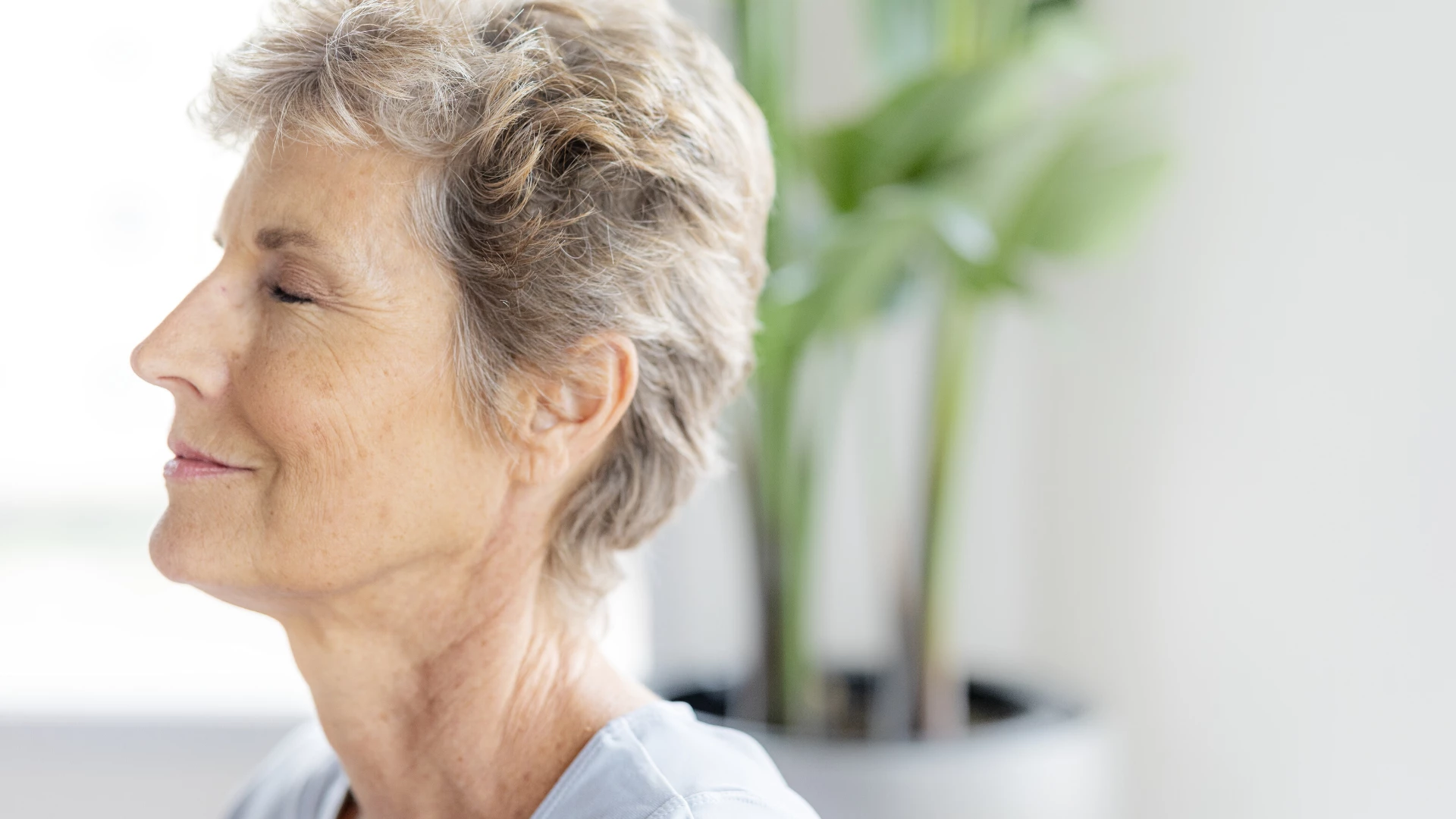
What To Do About Delayed Onset Muscle Soreness
So a little delayed onset muscle soreness can be nice. But too much, and we need a remedy. It may hurt to move your sore muscles, but actually, that’s exactly the thing to do. Light exercise, such as gentle cycling, will help ease out those uncomfortable feelings. Light stretching is also good, so a gentle yoga practice is also fine. Remember: much like the gym training, if you want to still practice strong, that’s also fine, but you need to switch around the asanas you do so that you are not working the affected area strongly.
If you like the “nasty medicine” course of action, an ice bath will help for sure. Top athletes often have an ice bath straight after a hard session to try to minimize the effects of delayed onset muscle soreness and promote a quicker recovery. As much as I would like to say otherwise, massage, although very useful for treating many injuries, may give temporary relief from delayed onset muscle soreness but will not speed up the duration of the symptoms.
What About Stiffness After Yoga Practice?
I’m aware that I have probably babbled on for far too long already, but here’s just one more thing. Sometimes you get a feeling of stiffness and soreness the next day that seems a bit like delayed onset muscle soreness. Maybe this restricts your range of movement a bit and may cause aches when resting. Common sites for this type of feeling would be the neck and low back. What you have probably done here is to stress the ligaments in that area. What your body is doing here is tightening up the muscles surrounding the area that you have overstressed in an attempt to splint and somewhat immobilize the area.
Unlike delayed onset muscle soreness, where you might be willing to think, no problem, change is underway, in these instances you need to take stock and look at what you are doing in your practice and make adjustments. It might be that you are being too aggressive in your forward bends, or perhaps there’s too much pressure on your neck in Sarvangasana (Shoulderstand Pose) or Sirsasana (Headstand Pose). Or maybe you’re using a little head flick in the infamous Urdhva Dhanurasana (Wheel Pose). Whatever the cause, take time to figure out what you need to do to remove the strain you are placing on these areas.
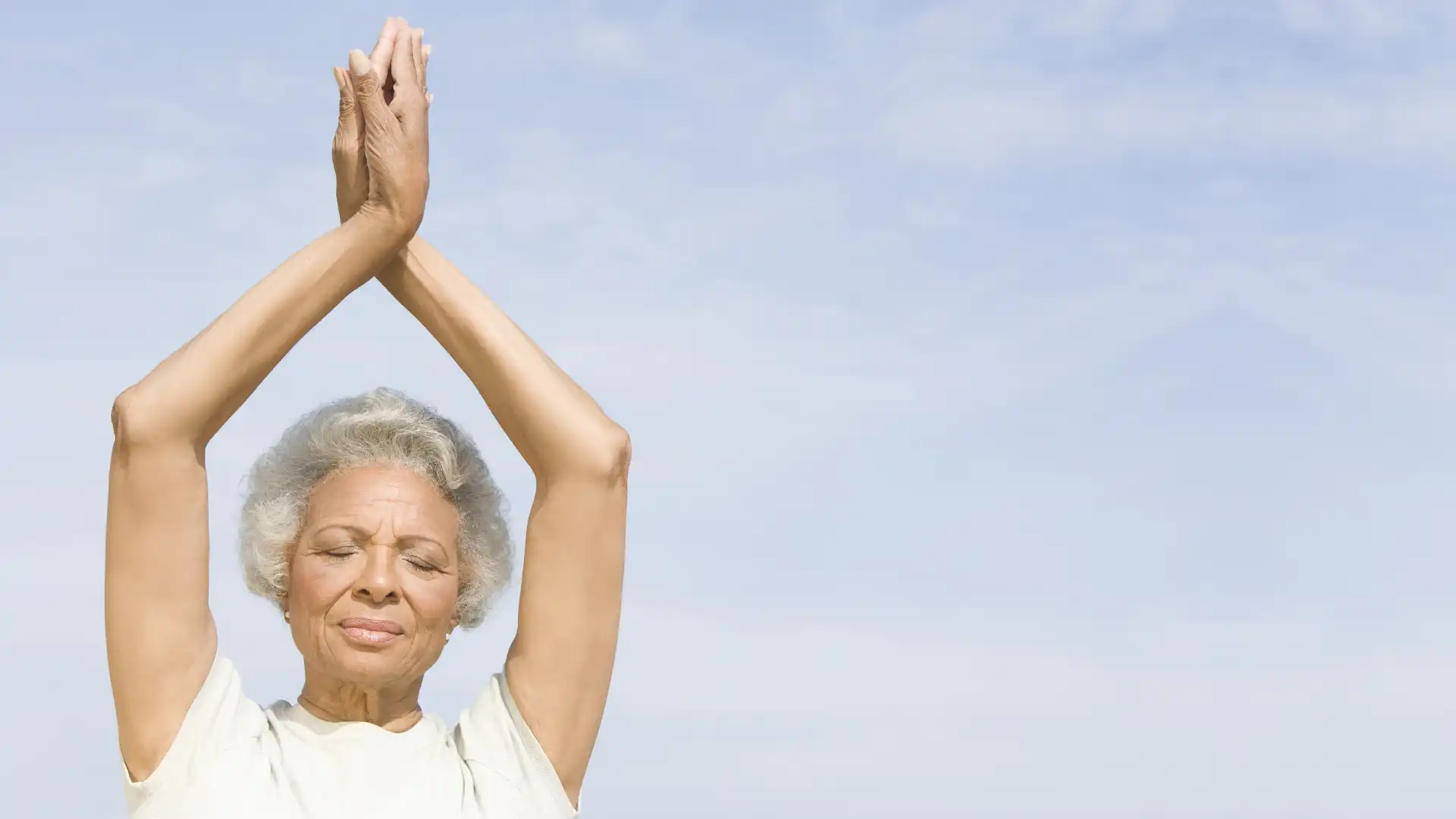
It is often said that as yogis, we can mend many of our injuries on the mat. I would say that this is great advice, but only if taken the right way. What it doesn’t mean is to keep on with what you have been doing, waiting for the pain to go when somehow yoga magically sorts it out. In my mind, what we are talking about is using every sensitivity you have developed in your practice to determine where the problems are arising from and then making changes as necessary. Focus on opening those areas that may be causing stress to be experienced in other areas. Above all, listen to your body and let it guide you.
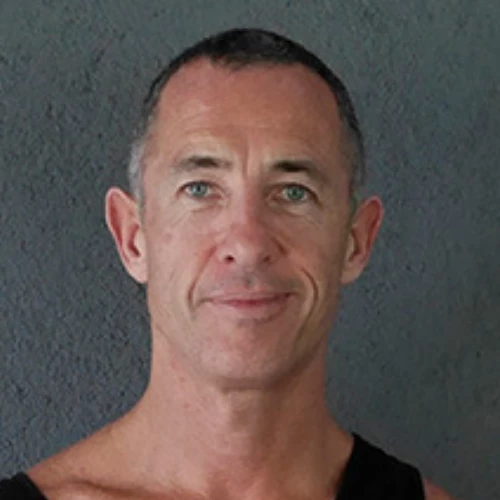 Reprinted with permission from Stu Girling/LoveYogaAnatomy.com
Reprinted with permission from Stu Girling/LoveYogaAnatomy.com
Stu is the creator of loveyogaanatomy.com. He also teaches Yoga Anatomy workshops around the world and interviews renowned yoga teachers and related professionals.


